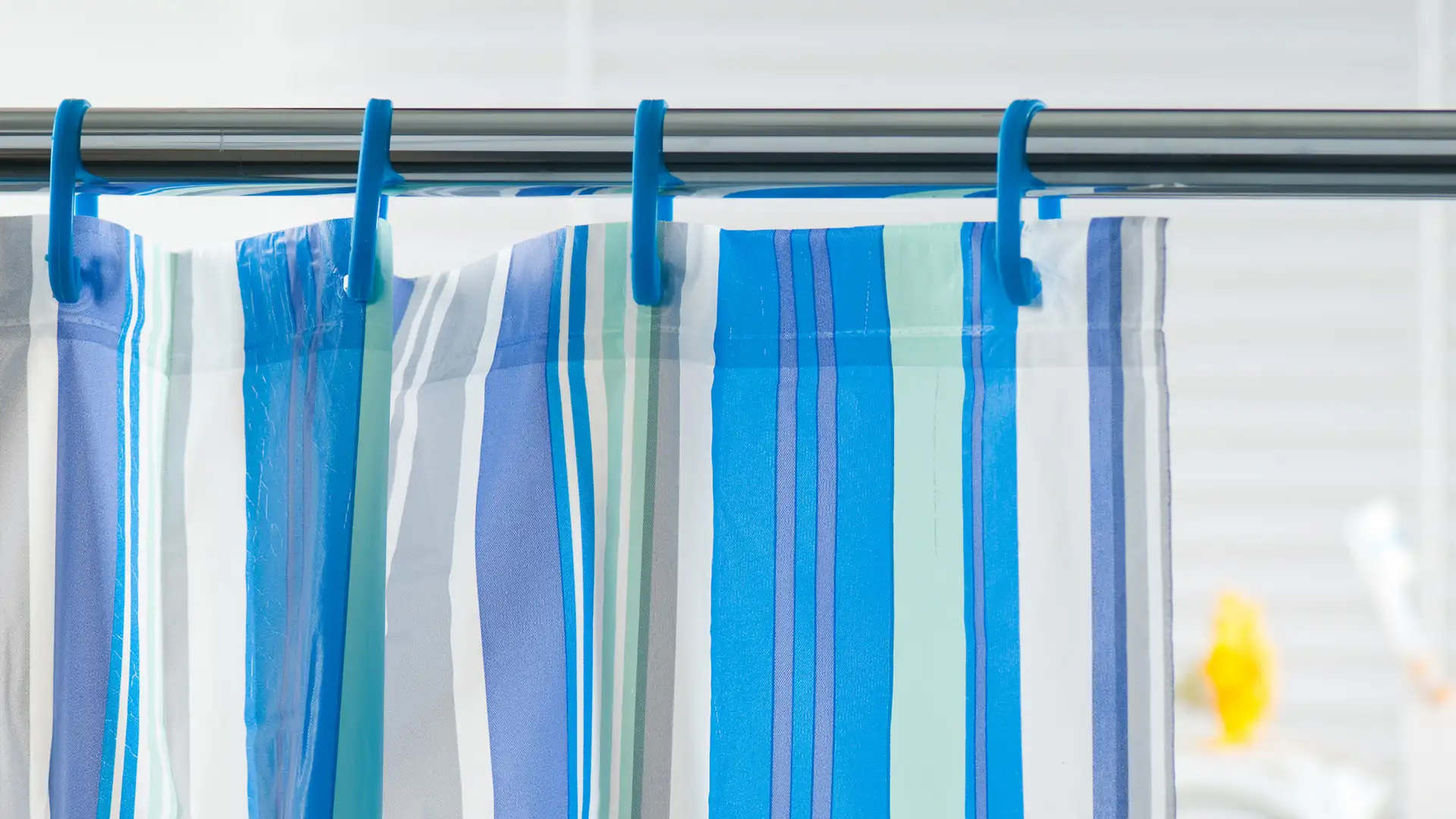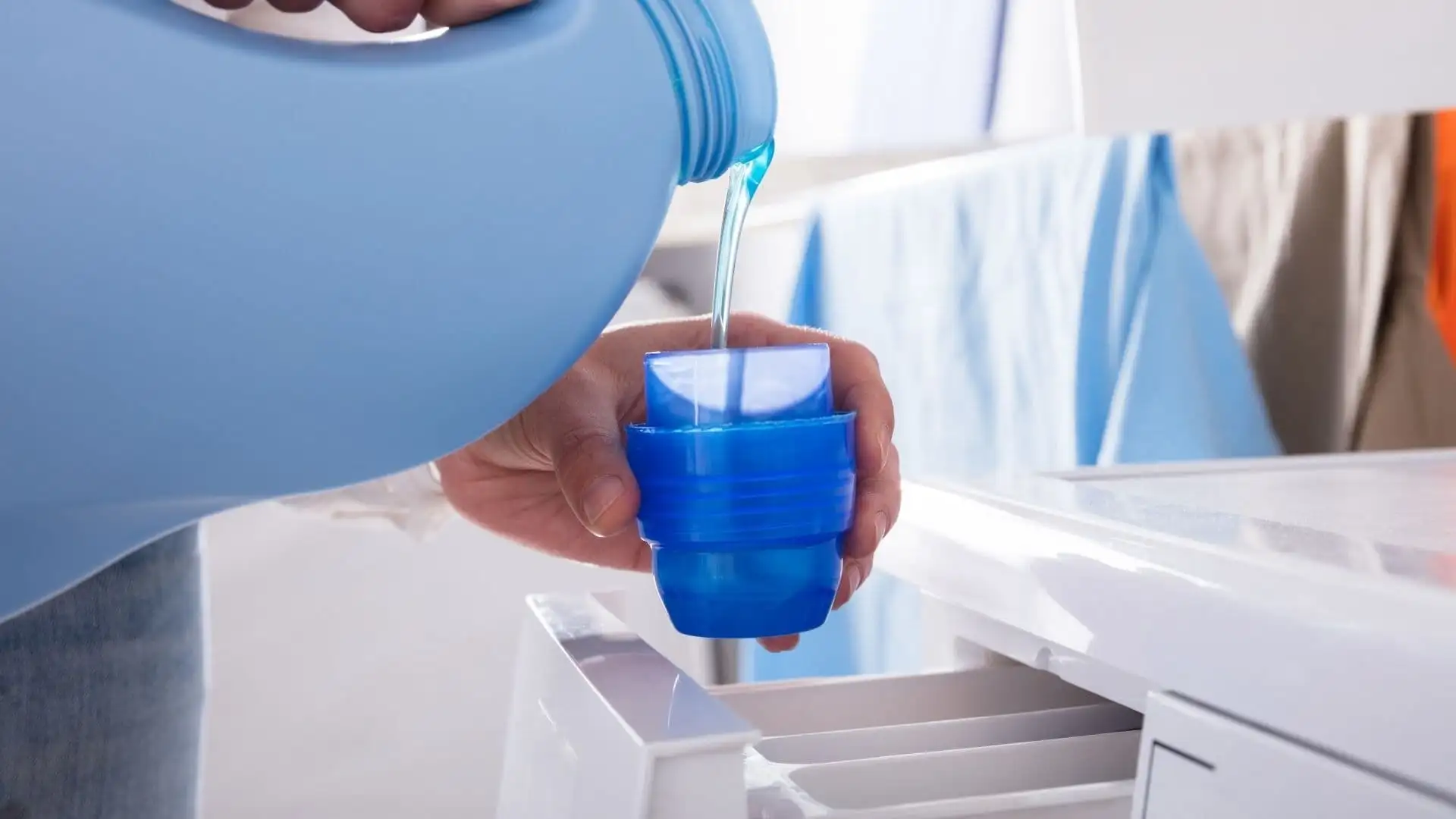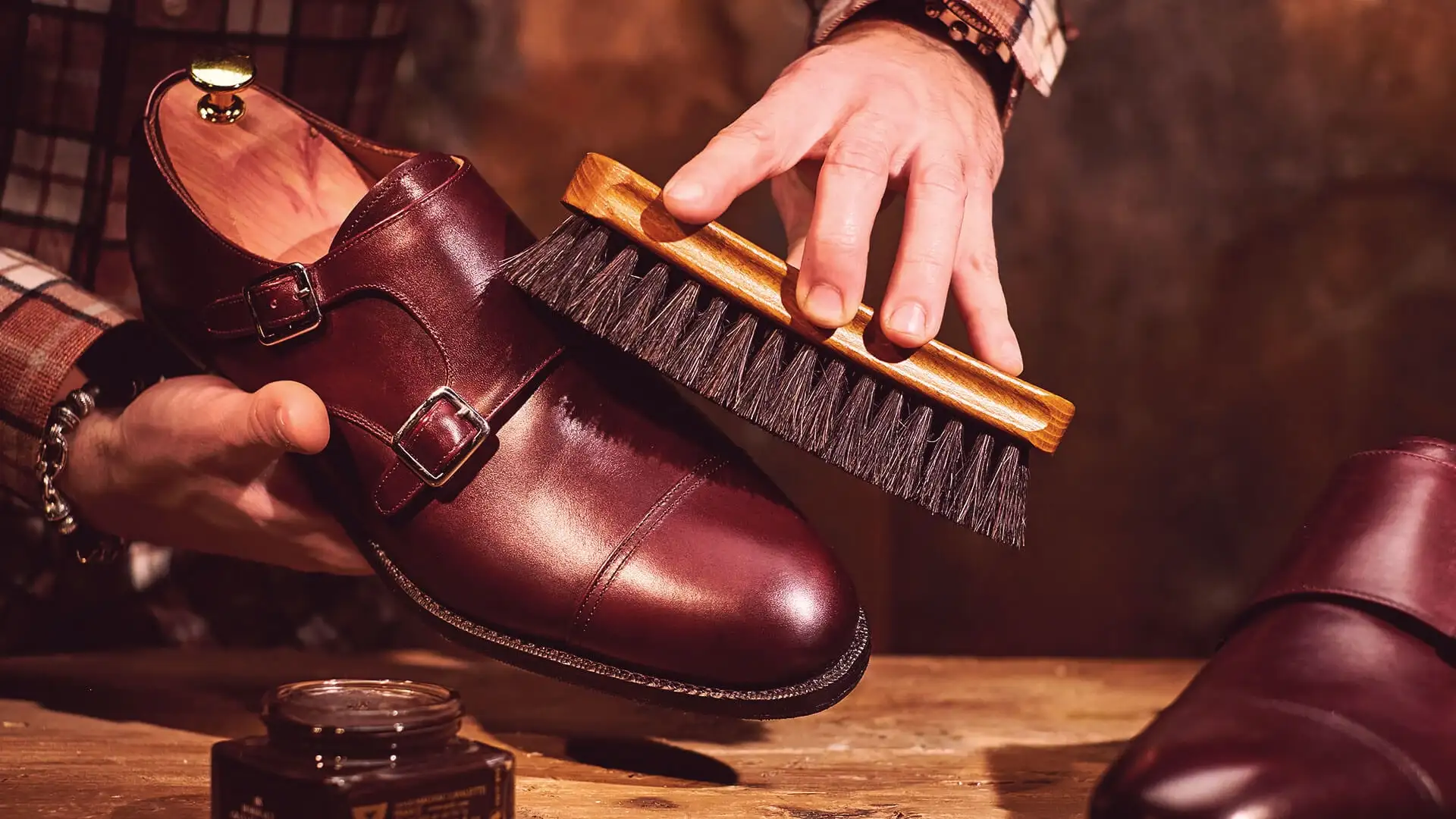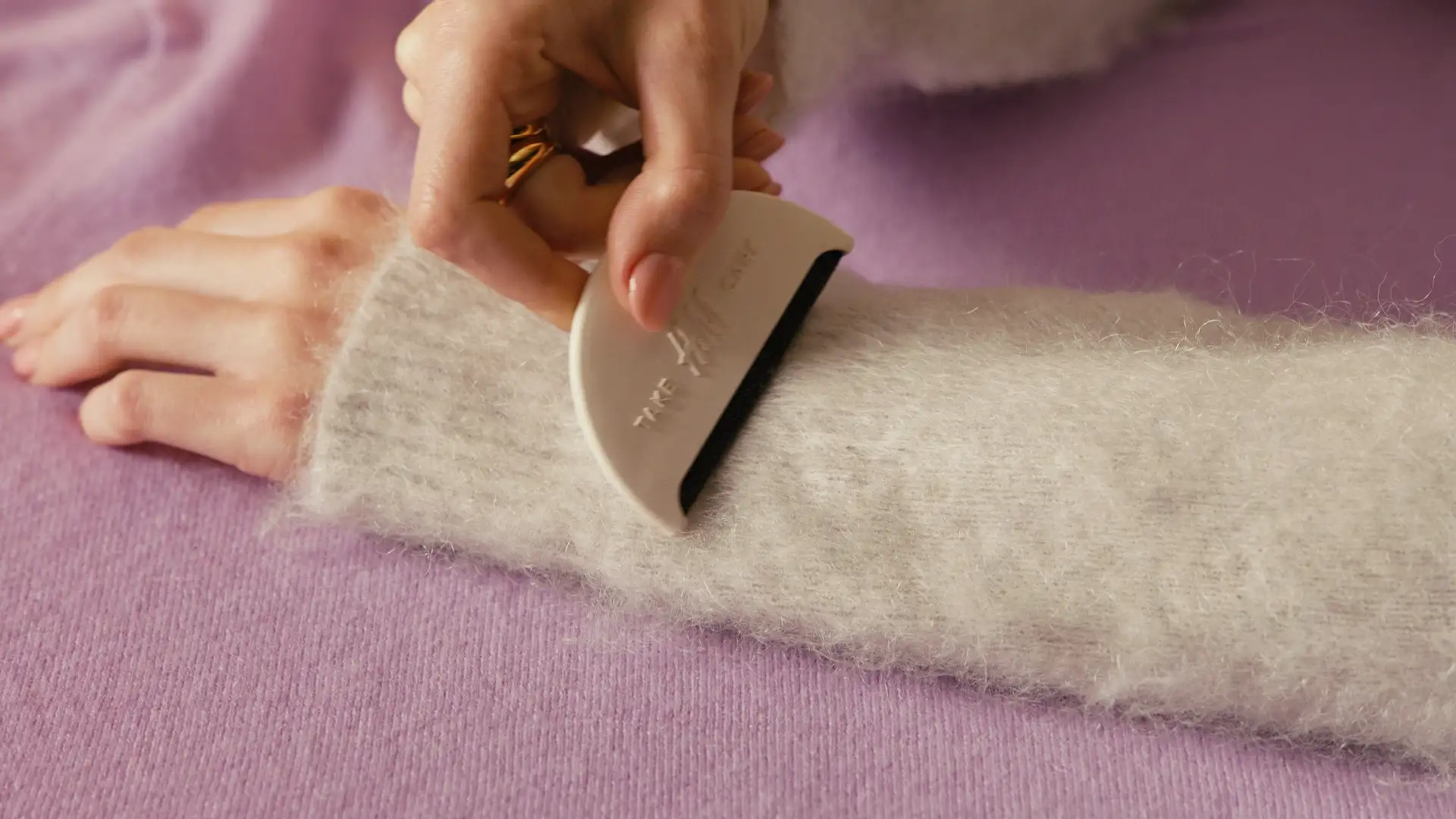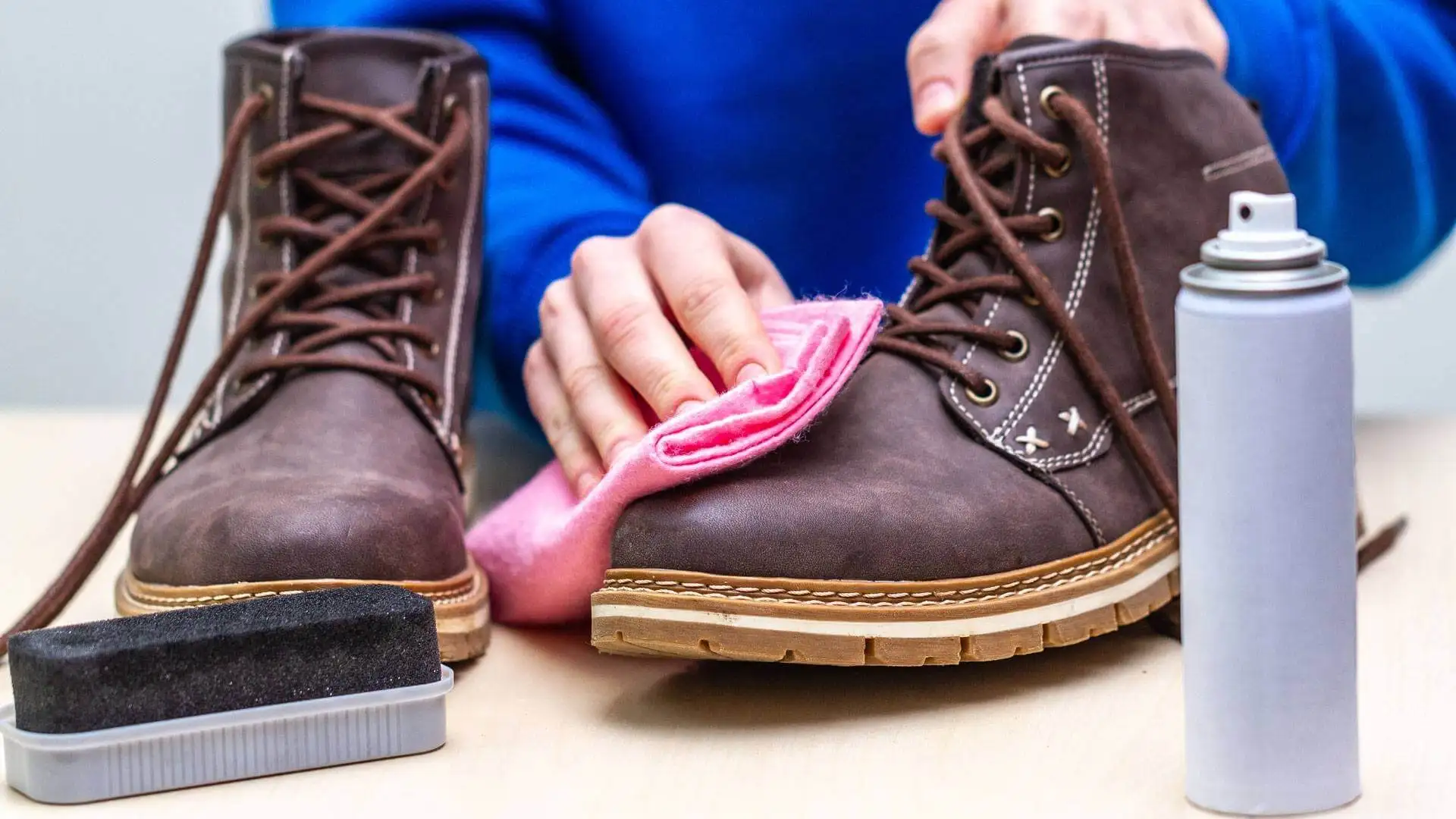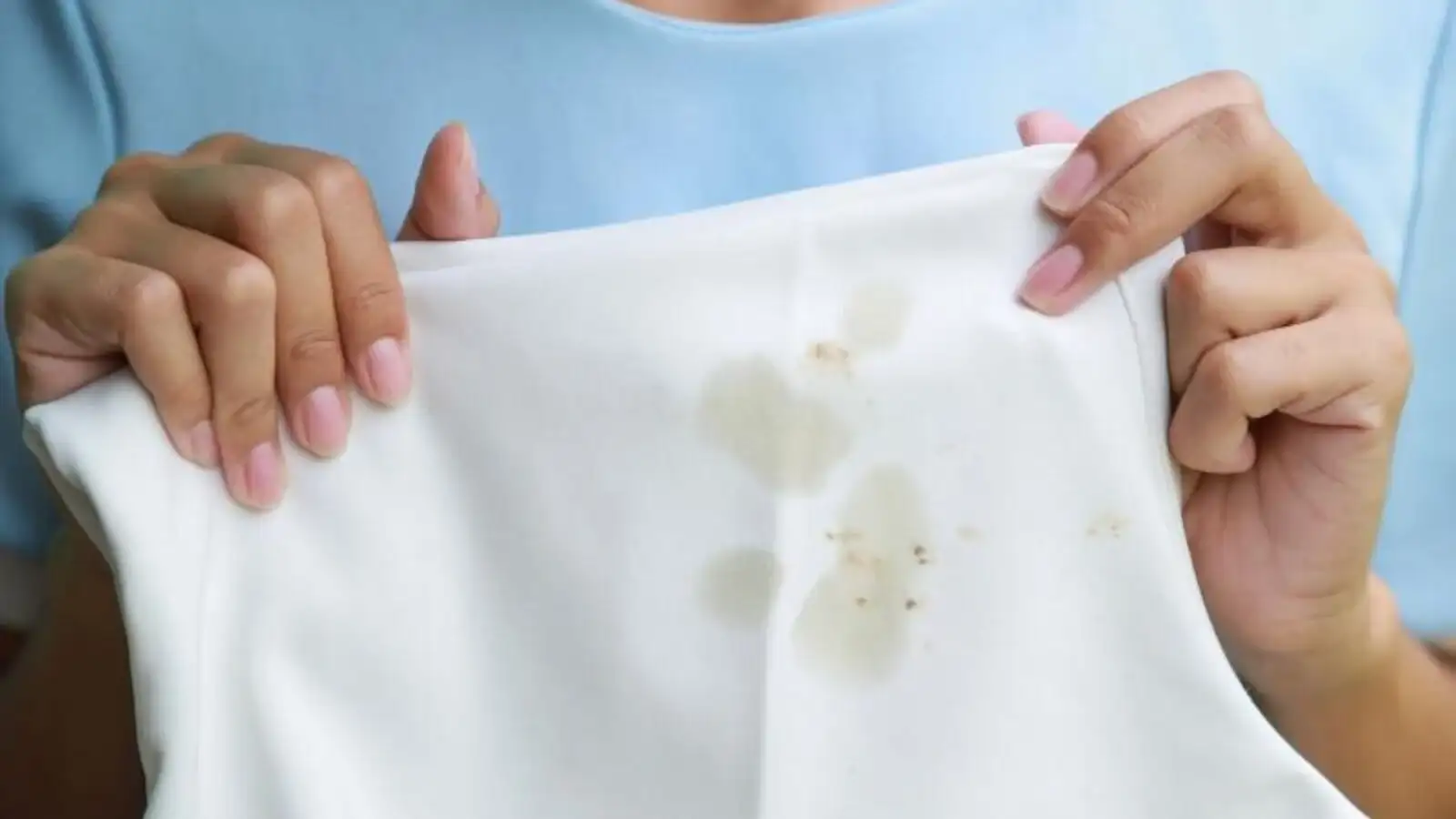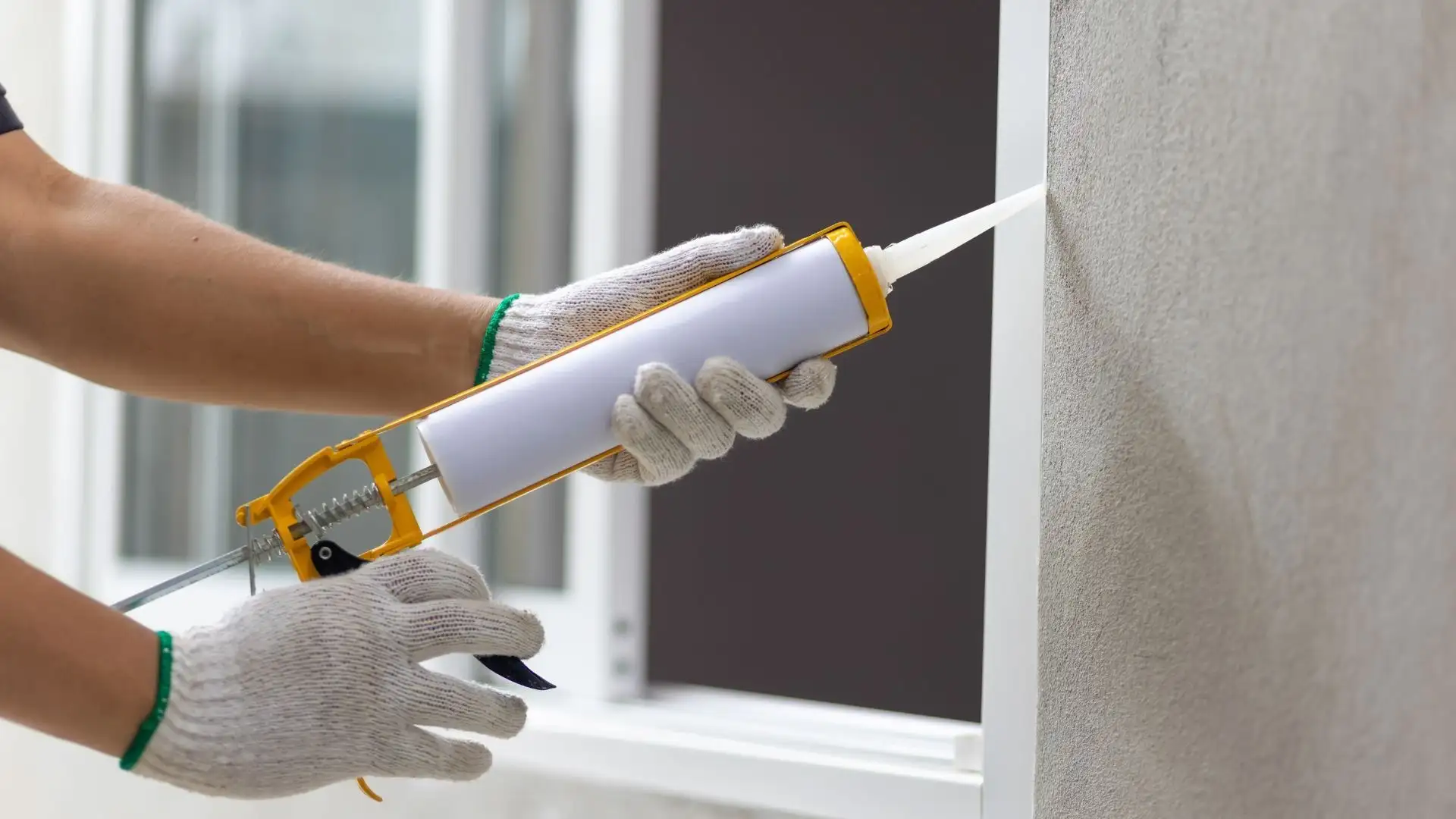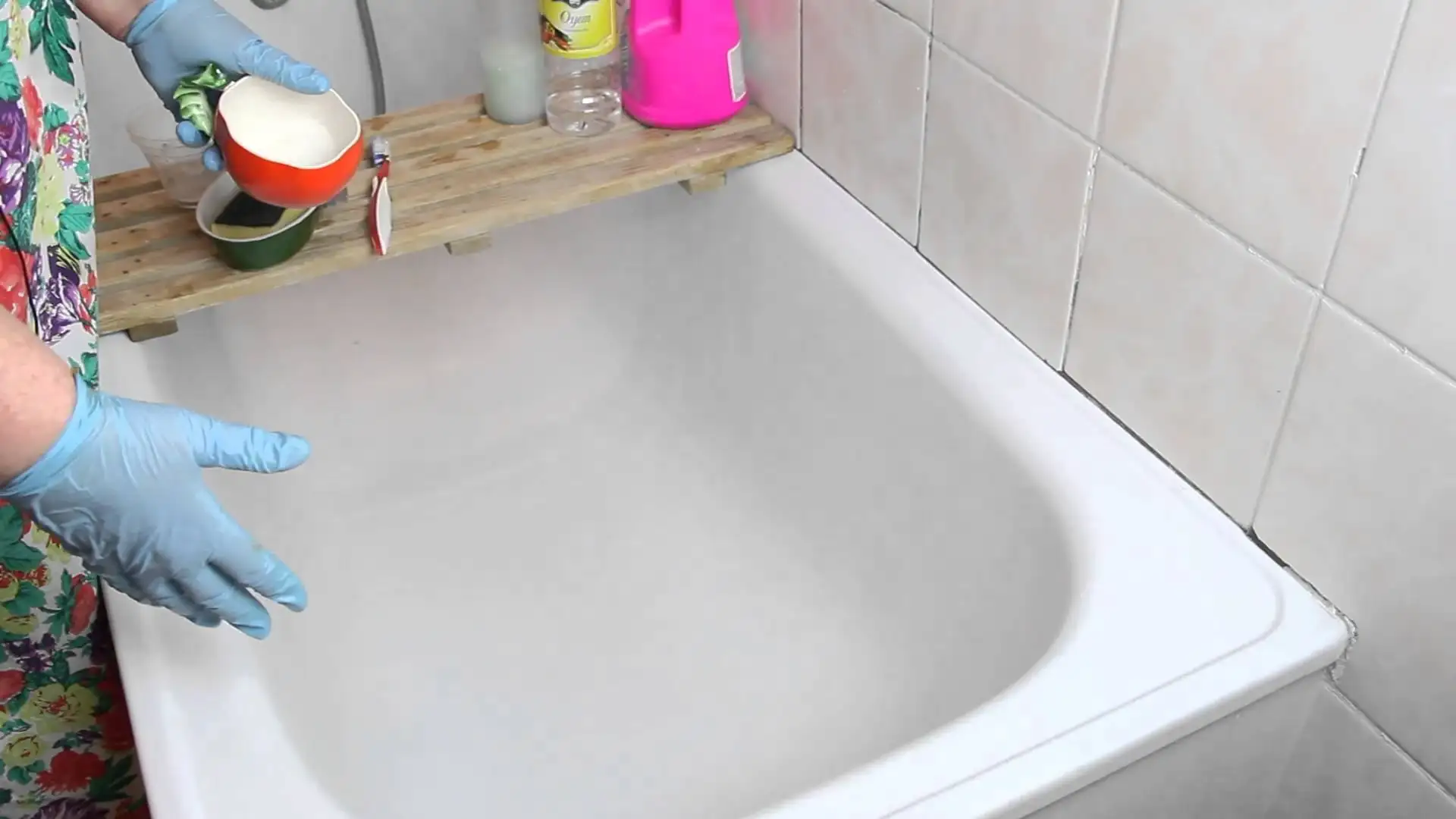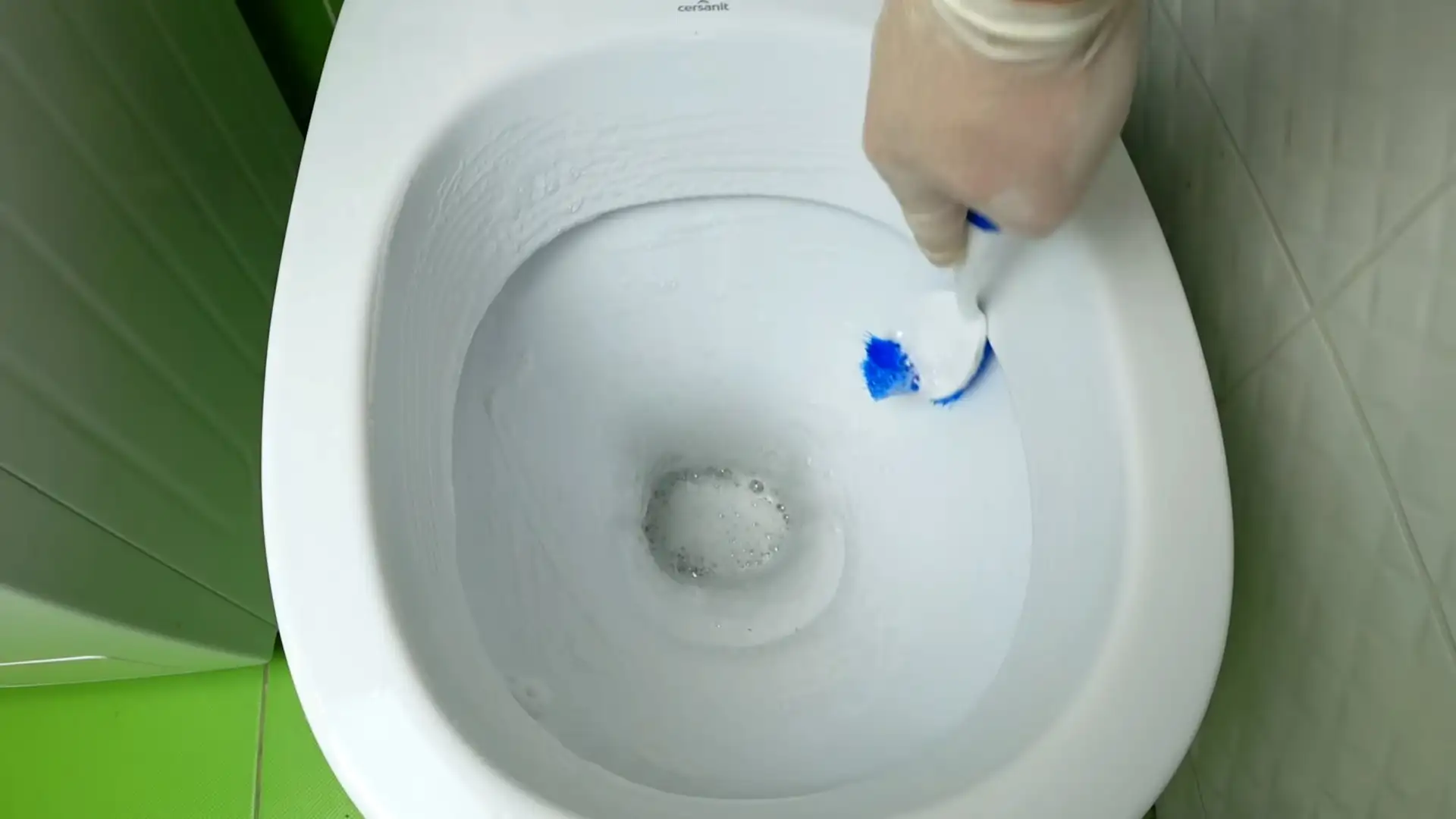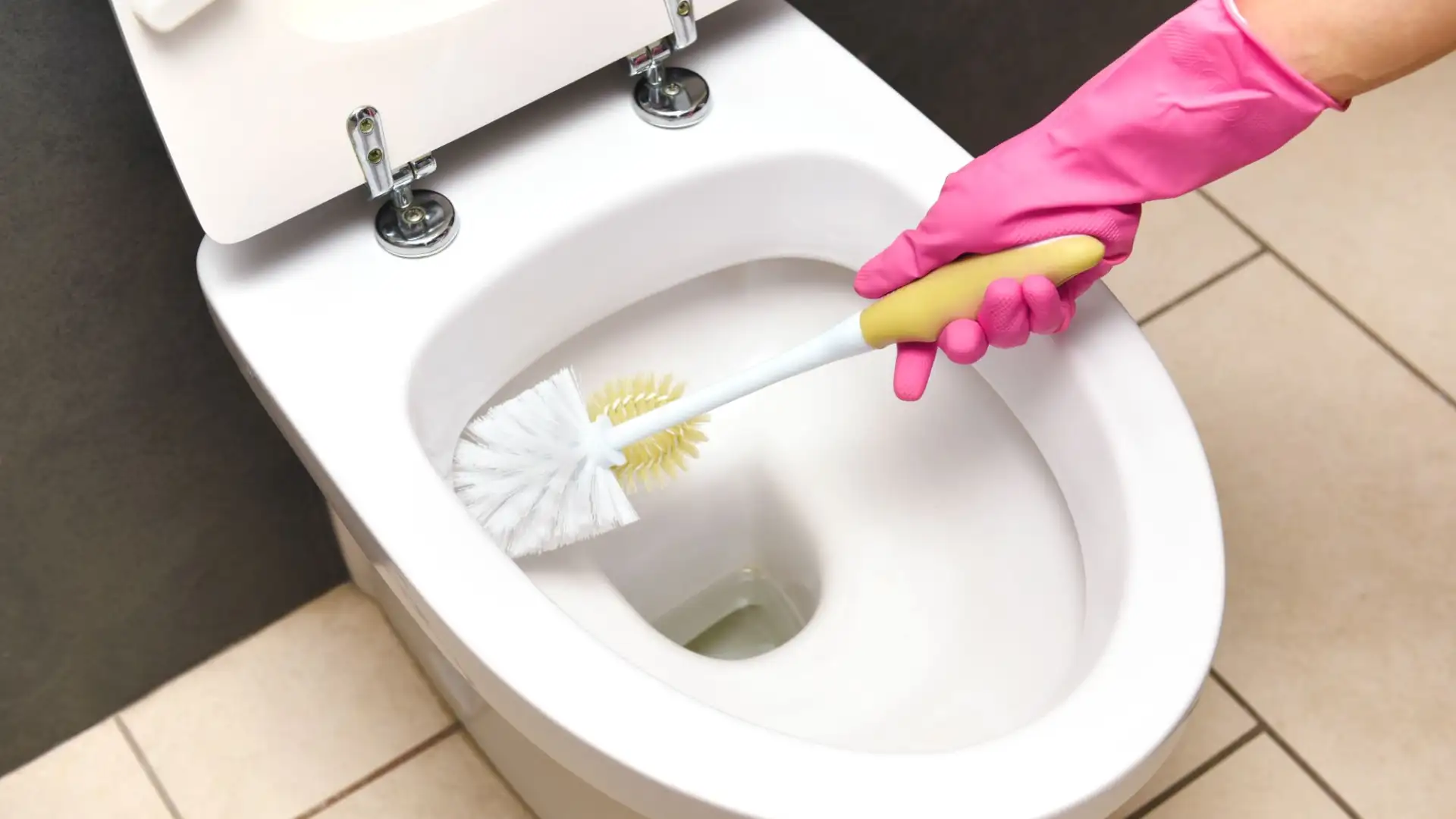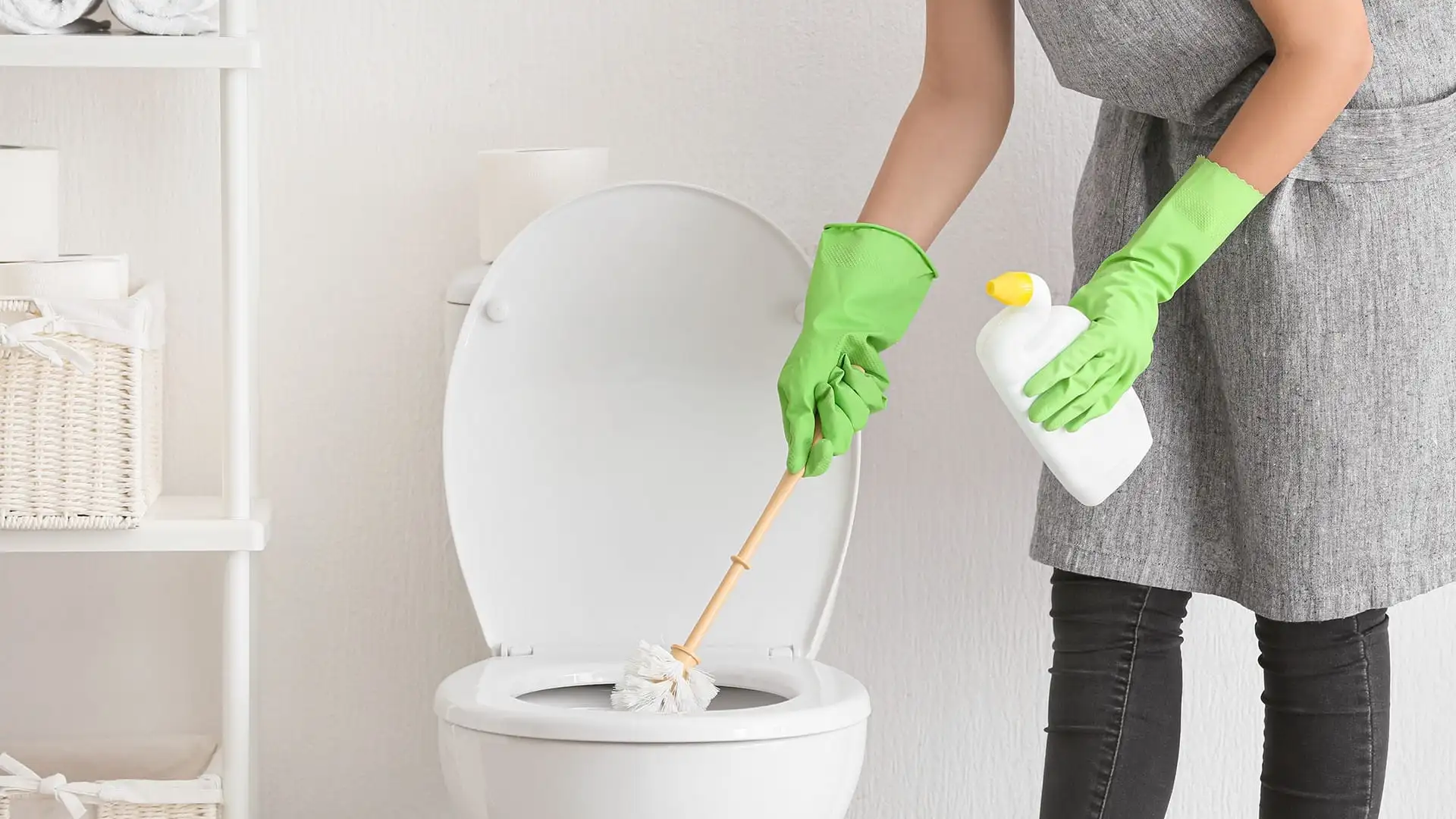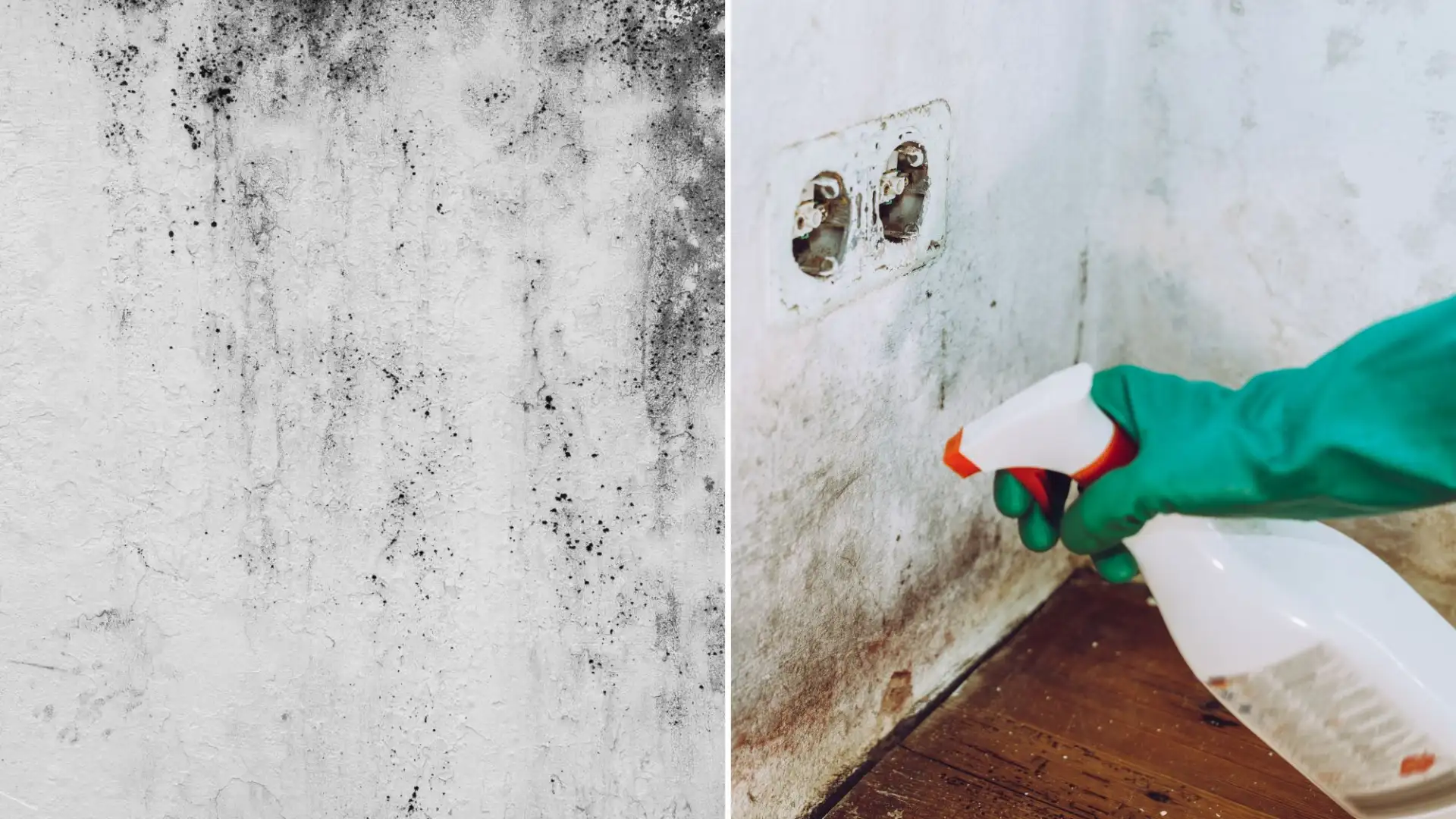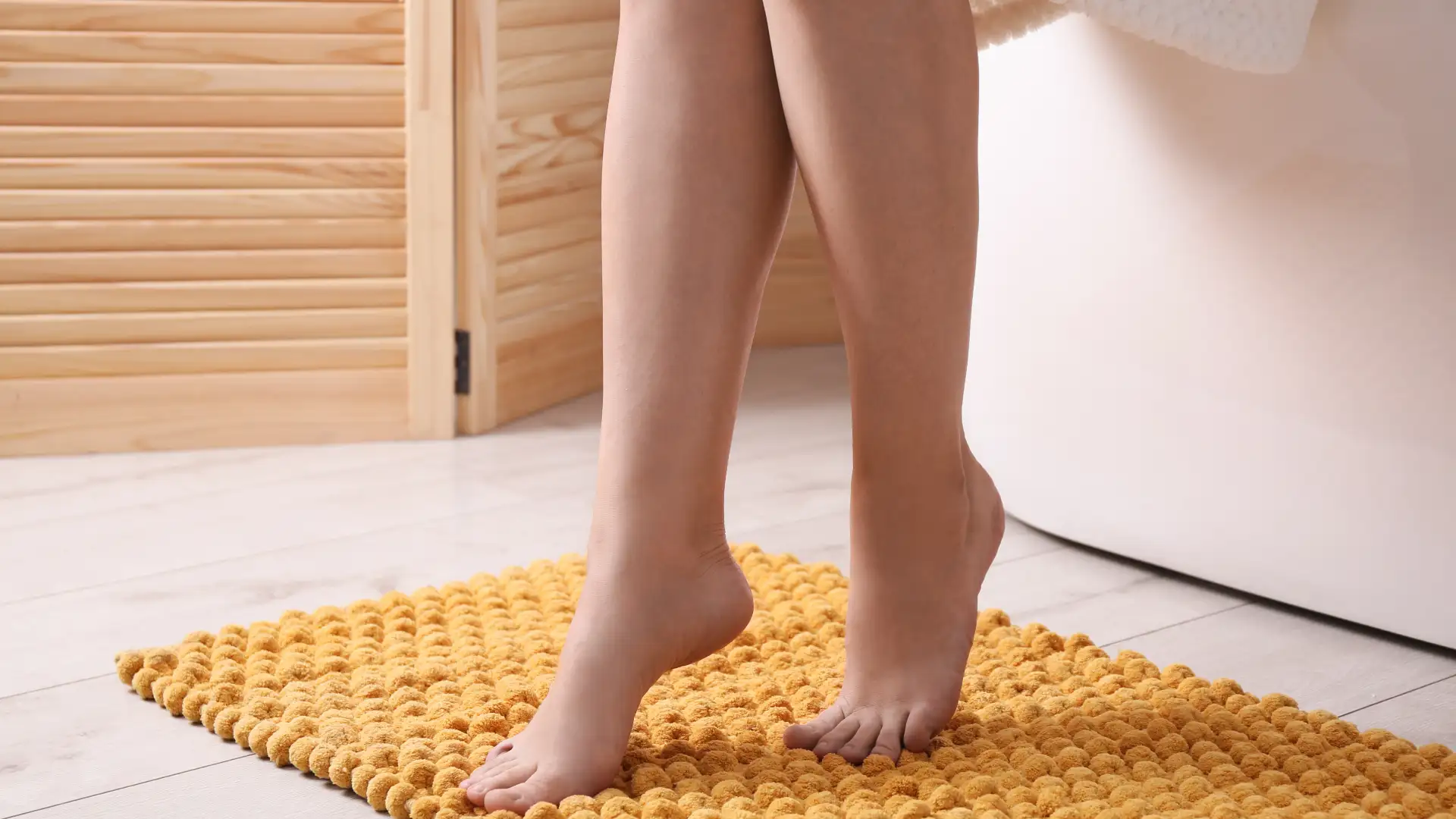Shower curtains are essential for maintaining a clean and dry bathroom. However, they can quickly become dirty and unsightly. Regular cleaning is crucial to prevent the buildup of soap scum, mold, and mildew. In this article, we'll provide you with a step-by-step guide on how to effectively clean your shower curtain and keep it looking its best.
Materials Needed
Before you begin, gather the following materials:
- Mild detergent or all-purpose cleaner
- White vinegar
- Baking soda
- Soft-bristled brush
- Rubber gloves
- Washing machine (if your shower curtain is machine-washable)
Cleaning a Fabric Shower Curtain
Fabric shower curtains are generally more delicate and require special care. Follow these steps to clean a fabric shower curtain:
- Check the care label: Always refer to the care label on your shower curtain for specific cleaning instructions.
- Soak in a solution of warm water and vinegar: Fill a bathtub or large sink with warm water and a cup of white vinegar. Soak the shower curtain for at least 30 minutes to help loosen dirt and grime.
- Scrub stubborn stains: Use a soft-bristled brush to gently scrub any stubborn stains or mold.
- Machine wash or hand wash: Machine wash the shower curtain on a gentle cycle using cold water and mild detergent. For hand washing, gently agitate the shower curtain in a sink filled with warm, soapy water.
- Rinse thoroughly: Rinse the shower curtain thoroughly with cold water to remove all traces of soap and detergent.
- Hang to dry: Allow the shower curtain to air dry completely before rehanging.
Cleaning a Vinyl Shower Curtain
Vinyl shower curtains are more durable and can withstand harsher cleaning methods. Here's how to clean a vinyl shower curtain:
- Remove from the rod: Take the shower curtain down and lay it flat on a clean surface.
- Create a cleaning solution: Mix equal parts warm water and white vinegar in a spray bottle.
- Spray and scrub: Spray the cleaning solution onto the shower curtain and use a soft-bristled brush to scrub away dirt and grime.
- Rinse thoroughly: Rinse the shower curtain with clean water and allow it to air dry completely.
Preventing Mold and Mildew
To prevent the buildup of mold and mildew, follow these tips:
- Squeeze out excess water: After each shower, squeeze out any excess water from the shower curtain and allow it to air dry completely.
- Provide proper ventilation: Ensure that your bathroom has adequate ventilation to reduce humidity levels.
- Clean regularly: Clean your shower curtain at least once a month to prevent the buildup of dirt and grime.
Additional Tips
- For stubborn stains: Create a paste using baking soda and water and apply it to the stained area. Let it sit for 30 minutes before scrubbing and rinsing.
- Machine-washing: Always check the care label before machine-washing your shower curtain. Use a gentle cycle and cold water to prevent damage.
- Avoid using bleach: Bleach can damage the fabric of your shower curtain and may cause discoloration.
By following these tips, you can keep your shower curtain clean and fresh for years to come.
How to Wash Shower Curtains Made of Plastic
Cleaning a plastic shower curtain can be a daunting task, especially when it starts to accumulate mold and mildew. These unsightly growths can not only make your bathroom look unappealing but can also pose a health risk. In this comprehensive guide, we will walk you through the steps involved in cleaning your plastic shower curtain effectively, ensuring that it looks fresh and new. We will also provide tips on how to prevent mold and mildew from forming in the first place.
Step-by-Step Guide
- Remove the Shower Curtain: Before you begin cleaning, remove the shower curtain from the rod. This will allow you to clean both sides thoroughly. If the curtain is particularly dirty or has stubborn stains, you may want to soak it in a tub or large sink filled with warm water and a gentle detergent.
- Check the Care Label: Always refer to the care label on your shower curtain before cleaning. Some shower curtains may have specific care instructions that you need to follow.
- Prepare Your Cleaning Solution: Create a cleaning solution using mild dish soap and warm water. For tougher stains or mold and mildew, you can add a small amount of white vinegar or baking soda to the solution. These natural ingredients are effective at breaking down grime and killing bacteria.
- Scrub the Curtain: Using a soft-bristled brush, gently scrub both sides of the shower curtain with your cleaning solution. Pay special attention to areas with visible mold, mildew, or stains. If you have a showerhead with a detachable spray setting, you can use it to rinse the curtain thoroughly.
- Rinse Thoroughly: After scrubbing, rinse the shower curtain with clean water to remove any remaining cleaning solution.
- Hang to Dry: Hang the shower curtain back up in the shower to air dry completely. Avoid using a dryer, as the high heat can damage the plastic.
Tips for Preventing Mold and Mildew
- Regular Cleaning: Clean your shower curtain regularly to prevent the buildup of mold and mildew.
- Good Ventilation: Ensure that your bathroom is well-ventilated to reduce moisture.
- Use a Shower Curtain Liner: A shower curtain liner can help protect your shower curtain from water damage and reduce the frequency of cleaning.
- Avoid Fabric Softeners: Fabric softeners can leave a residue on your shower curtain that can attract dirt and grime.
- Choose the Right Material: When purchasing a new shower curtain, opt for one made from mold-resistant materials.
Additional Tips
- For stubborn stains: If you have stubborn stains on your shower curtain, you can try using a melamine foam eraser.
- For heavy mildew: For severe cases of mold and mildew, you may need to use a bleach-based cleaner. However, be sure to follow the manufacturer's instructions carefully and test the cleaner on a small, inconspicuous area of the curtain first.
- Machine washing: Some plastic shower curtains are machine-washable. Check the care label for specific instructions.
By following these tips and steps, you can keep your plastic shower curtain looking clean and fresh for years to come.
How to Clean Shower Curtains – Extra Tips:
Shower curtains can become dirty and moldy over time, especially in humid bathroom environments. Regular cleaning is essential to maintain a fresh and hygienic bathroom. This comprehensive guide will provide you with effective cleaning methods and extra tips to keep your shower curtain looking its best.
Understanding Shower Curtain Materials
Before diving into cleaning methods, it's crucial to identify the material of your shower curtain. Different materials require specific cleaning techniques. Plastic shower curtains are the most common type and are generally easy to clean. Fabric shower curtains, on the other hand, may have specific care instructions. Vinyl shower curtains are durable and water-resistant but can also accumulate soap scum and mildew.
Regular Maintenance is Key
Preventing mold and mildew is the first step in maintaining a clean shower curtain. After each shower, wipe down the curtain with a squeegee to remove excess water. Proper ventilation is also essential. Open a window or turn on the exhaust fan to reduce humidity. By following these simple steps, you can significantly reduce the frequency of deep cleaning.
Cleaning Your Shower Curtain
- Machine washing: Most plastic and vinyl shower curtains can be machine washed on a gentle cycle using a mild detergent. Avoid using bleach or fabric softener, as these can damage the material. For stubborn stains, pretreat the affected area with a mixture of baking soda and water.
- Hand washing: For delicate fabric shower curtains, hand washing is recommended. Fill a bathtub or large sink with warm water and a mild detergent. Soak the curtain for about 30 minutes, then gently scrub any stains.
- Natural cleaning solutions: If you prefer a more natural approach, you can create a cleaning solution using white vinegar and water. Vinegar is a powerful disinfectant that can effectively remove mold and mildew. Simply spray the solution onto the curtain, let it sit for a few minutes, and then wipe it clean.
Dealing with Mold and Mildew
Mold and mildew can be stubborn and unsightly. To remove mold and mildew from your shower curtain, create a paste using baking soda and water. Apply the paste to the affected areas and let it sit for several hours before scrubbing. For severe mold infestations, you may need to use a commercial mold and mildew remover.
Extra Tips for a Spotless Shower Curtain
- Regularly inspect your shower curtain for signs of wear and tear. Replace any damaged or discolored sections to prevent further deterioration.
- Avoid using harsh chemicals that can damage the fabric or leave behind a residue.
- Consider using a shower liner to protect your shower curtain from excessive moisture and dirt.
- Choose a shower curtain with a mildew-resistant coating for added protection.
By following these tips and incorporating them into your regular cleaning routine, you can keep your shower curtain looking fresh and clean for years to come.
